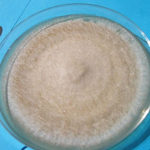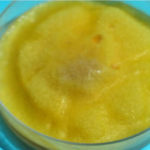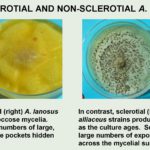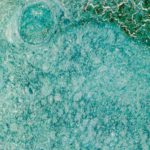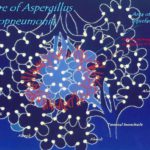Date: 24 March 2014
Hakkaisan sake (Nihonshu)
Copyright:
Fungal Research Trust
Notes:
Varieties of traditional sake and shochu made in different parts of Japan.
From left to right:
Shochu, made from barley and distilled, similar to whisky.
Shochu made by Furusawa from Miazaki prefecture on Kyoshu Island (25% alcohol)
High quality sake called Shochikubai made by Takara brewery in Kyoto from polished rice and used for purification in ceremonies such as weddings, within a Shinto religious ceremony (15% alcohol).
Sake made near the mountains of Hakkaisan in Niigata prefecture, top quality.
Sake made near the mountains of Hakkaisan in Niigata prefecture.
Sake made near the mountains of Hakkaisan in Niigata prefecture.
Dry sake called Suizin, made in the Iwate prefecture in the north of Japan.
Images library
-
Title
Legend
-
Sclerotial strains produce bright yellow, floccose mycelia. Sclerotial strains produce small numbers of large, fused sclerotial bodies in discrete pockets hidden within the mycelium.
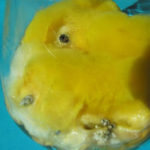
-
Aspergillus alliaceus. No branching was observed in A. alliaceus conidiophores. Sclerotial strains typically produce large numbers of exposed, uniformly-shaped sclerotia across the mycelial surface.
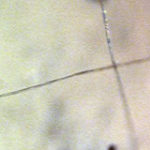
-
Aspergillus alliaceus – Sclerotial. A. alliaceus strains produce flat, pale mycelia that darken as the culture ages.Sclerotial strains typically produce large numbers of exposed, uniformly-shaped sclerotia across the mycelial surface.

-
A. alliaceus strains produce flat, pale mycelia that darken as the culture ages.Sclerotial strains typically produce large numbers of exposed, uniformly-shaped sclerotia across the mycelial surface.
